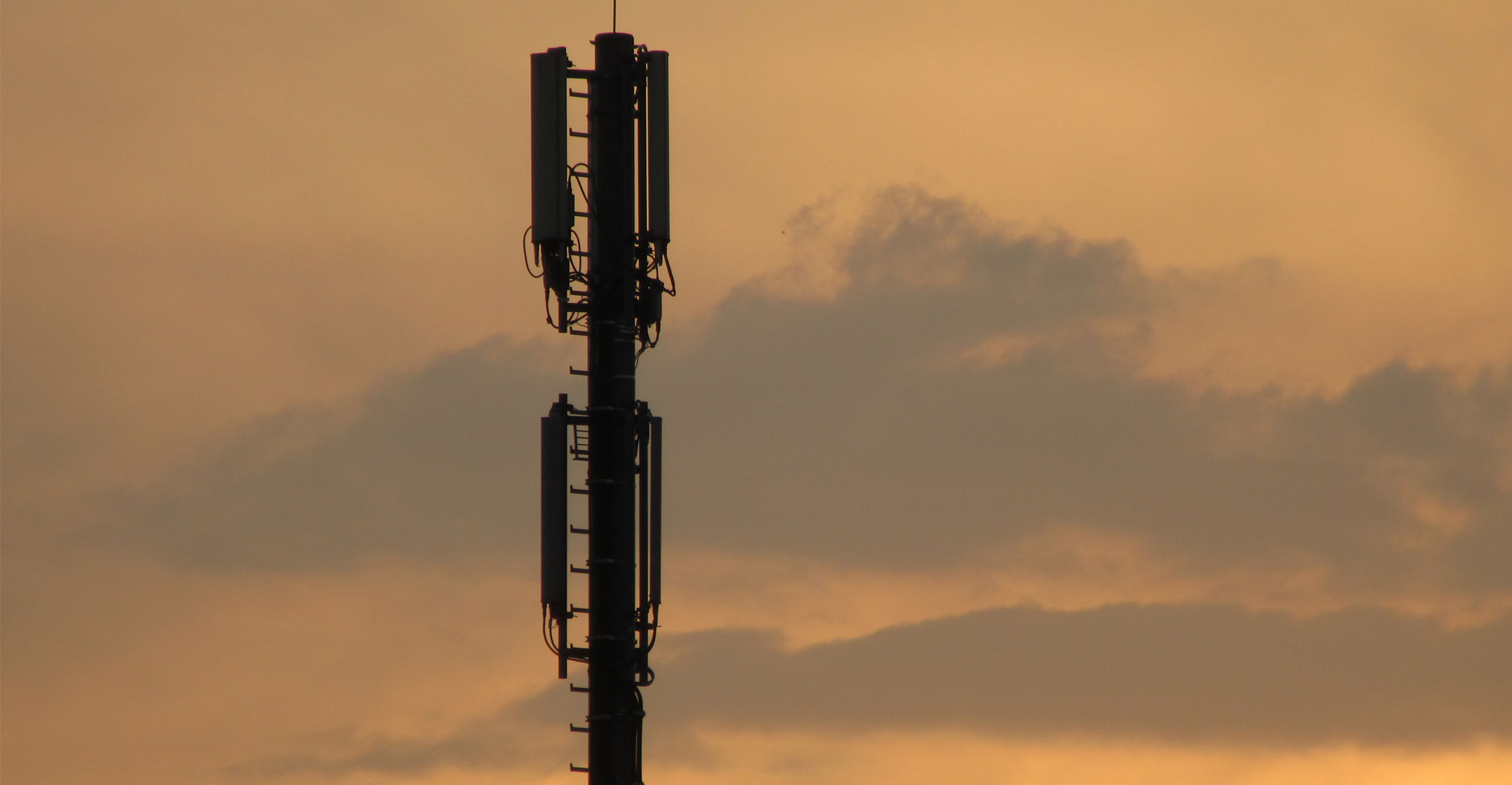 In February, at the Mobile World Congress in Barcelona, manufacturers, technology firms and mobile network operators all preached the gospel of 5G.
In February, at the Mobile World Congress in Barcelona, manufacturers, technology firms and mobile network operators all preached the gospel of 5G.
A quick perusal of the press releases and statements from the congress would lead you to think that 5G is the solution to every problem that mankind faces, has faced and will face in the future.
Filtering out the hype is difficult, often because the agendas of these disparate companies are slightly different.
Chip manufacturers have an interest in ensuring the adoption of new technologies in order to combat price erosion, mobile phone manufacturers must feed the upgrade cycle and mobile networks need to increase the utilisation of their spectrum in order to deliver returns to their shareholders as their business model becomes that of a utility rather than a differentiated service.
So, if you filter out the hype, what exactly is 5G and what can it do? More importantly, what is it actually going to deliver?
5G, or the fifth generation of mobile communications, is the term used to distinguish a combination of technologies that aim to provide higher data rates, reduced latency, cost reductions, lower energy usage and improved connectivity scaling versus 4G (for South Africans “4G” means the current LTE — or long-term evolution — connectivity offered by the mobile network operators).
Theoretically, 5G can offer data transfer rates up to 100 times higher than LTE. Also, theoretically, the signal latency (the time taken for data to travel from the client equipment to the cellular tower and back) is significantly lower — around 1ms (equivalent to fibre connections), compared to 30ms+ for LTE.
Much wider bandwidth
In addition, 5G offers much wider bandwidth, making it much more suitable for general-purpose connectivity (such as Internet access for homes and businesses) than LTE, which is much more suited for mobile access.
All that sounds great, so what’s the catch? As with everything, the devil is in the detail. The incredibly high data rates (up to 10Gbit/s or more) that 5G promises are dependent on specific radio spectrum. These radio frequency bands (called the millimeter-wave bands), are very-high-frequency radio bands (between 26GHz and 86GHz), which allow very wide channel bandwidths of up to 400MHz per channel. In comparison, LTE channel bandwidth is typically 20MHz. If you think of the bandwidth as the size of the pipe that you can pump data through, you can see that you the pipe is up to 20 times bigger for 5G. These millimeter-wave bands are also not in widespread use by other technologies, which means that there is a lot of spectrum available to deploy these services.

So far, so good. But there’s a very good reason that these bands aren’t widely used. And that reason is physics. High-frequency electromagnetic waves are more easily disturbed by physical obstacles. This means that the signals get disturbed and blocked more easily by environmental factors such as trees, buildings and even molecules in the atmosphere.
In practical terms what this means is that a cellular network that uses the millimeter-wave bands needs many more transmitters to cover a similar area as a network using lower frequencies (like current LTE networks). It also means that these networks will require antennae inside buildings because the signals won’t be able to penetrate walls efficiently.
Typically, an LTE tower has a cell radius in the order of kilometres; 5G base stations will have to be much closer together, likely at around 100 metres for outdoor coverage. That means that to cover the same area, millimeter-wave 5G will require roughly a hundred times as many antennas as LTE.
That’s obviously quite a big problem for network operators. While 5G base stations are typically smaller and more easily deployed than the cell towers we’re used to, the scale of deployment is a massive regulatory and infrastructural challenge.
But, I hear you say, some operators have already announced 5G networks that are going to be live this year. How can that be, given the obvious challenges? Well, these deployments aren’t typically in the millimeter-wave bands. They’re deployments in the bands we’re already using for LTE, which means that they don’t have the same limitation in terms of coverage or signal propagation. It also means that they won’t deliver anywhere near the data rates that have been touted. 5G deployed in the sub-6GHz frequencies will typically be similar to, or slightly faster than 4G, with equivalent spectrum and antenna density.
More subtle
Now that doesn’t mean that there aren’t advantages of these sub-6GHz 5G deployments over 4G, but the advantages are more subtle: they’ll likely deliver better latency than LTE (but how much better is still open to question), and in theory these networks should be more energy efficient than LTE networks. What that’ll mean for consumers is likely slightly better battery life if they’re in a 5G coverage area. Also, it must be noted that most likely these initial networks (in South Africa, anyway), will not be focused on mobile users, but rather as replacement for fixed Internet access – high-speed Internet over the air instead of copper or fibre.
So, is 5G all mouth and no trousers? Not entirely. Looking at wider use cases, such as real-time machine-to-machine communication and automation, the low energy use, ability to reserve particular bandwidth and low latency of 5G offer some specific advantages. It’s just that they’re probably a few years in the future. We may well first see private networks that use 5G established by industries.
5G is a big breakthrough, to be sure, but maybe not quite as imminent as the hype would suggest.
- Andrew Fraser is an independent marketing consultant




